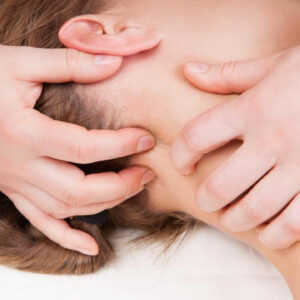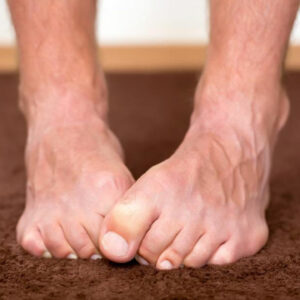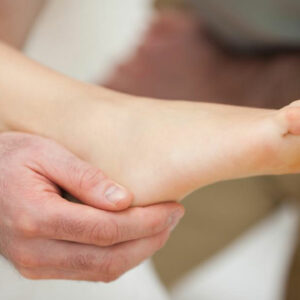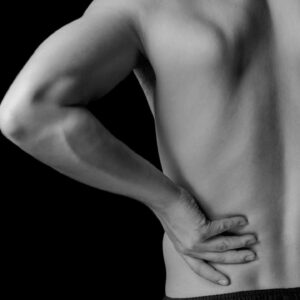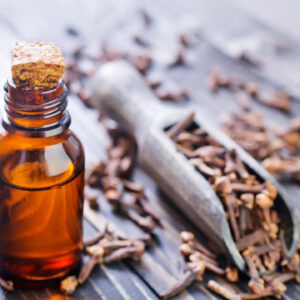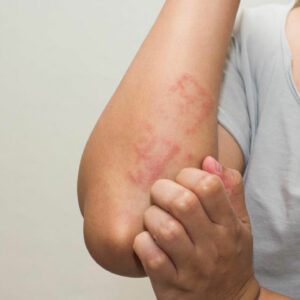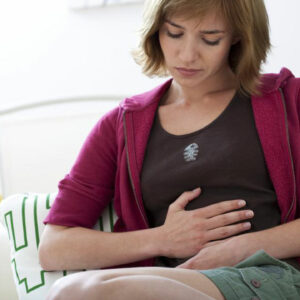
01
Important Things You Should Know About Heartburn Relief
Have you ever experienced a chronic chest pain after eating a greasy meal? If you have felt like that, you know what heartburn is all about. In some people, it occurs occasionally, but some people may experience it quite often. It is also known as acid indigestion, and you have to experience intense pain and a burning feeling in the upper part of your stomach or middle area of your chest. The pain sometimes grows up in your arms, jaw, neck, and jaw and it may last only for a few minutes. At certain occasions, the pain may last for hours. Since this problem invites a lot of pain, many people might be deeply curious about heartburn relief. Leading causes of heartburn A muscle known as lower esophageal sphincter (LES) is situated at the entrance of your stomach, and it works like a gate in your body. When it opens, food gets into the stomach from your esophagus, and sometimes it is closed to prevent food and acid from getting out of the stomach. When the functioning of the LES gets disturbed like opening very often or not having the adequate tightness, stomach acid reaches the esophagus, and it results in a burning feeling. Common triggering factors Triggers differ from individual to individual. Anyhow, the common triggers are overeating, stress, maintaining bad body postures after eating food and increased intake of greasy, fatty and spicy foods. Some people are more susceptible to heartburn, and they include cigarette smokers, pregnant women, overweight people and hiatal hernia patients. What are the changes to be made in the diet to reduce or stop heartburn? You need to realize that certain drinks and foods aggravate heartburn and when you keep on consuming them, things get worsened. Some of the foods and drinks that worsen the condition are coffee, onions, alcohol, greasy foods, chocolate, fatty or fried foods, tomatoes, oranges, lemons, peppermint and sodas and other carbonated drinks.
Read More 